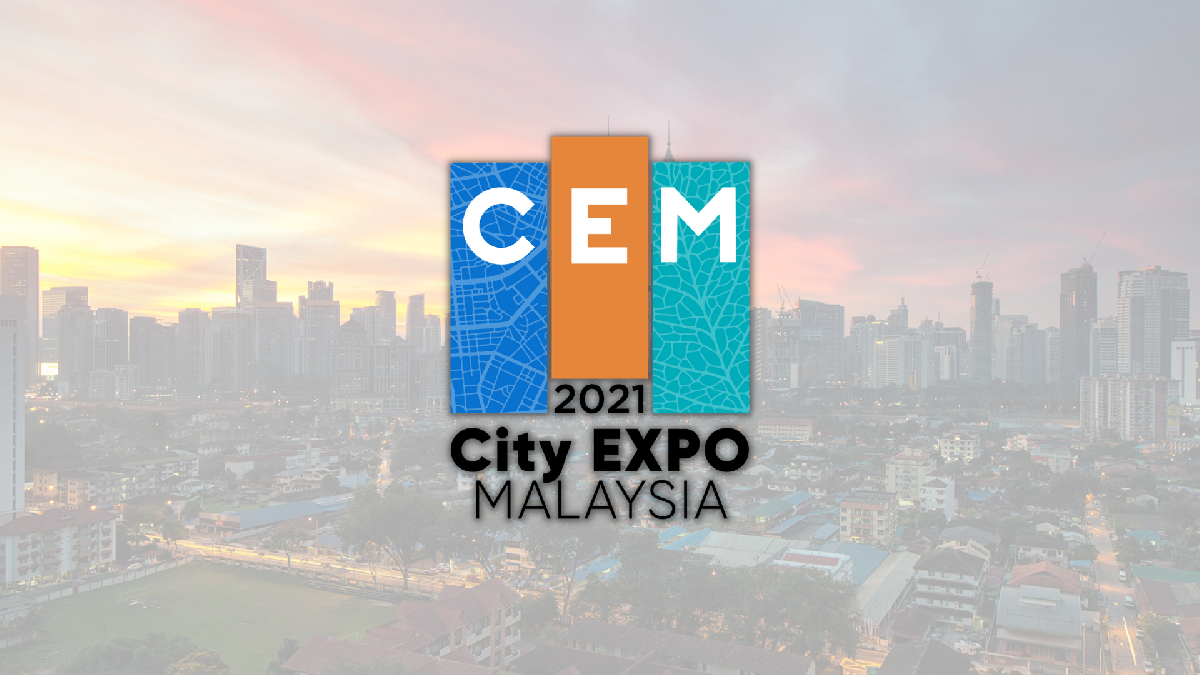Cities are, by definition, many-sided. There are aspects to do with governance and administration, other aspects to do with transport, infrastructure and land use, and yet others with socioeconomic conditions, resilience, and general liveability – all underpinned by sustainability.
Quite typically there will be departments in a city’s administration that are assigned jurisdictions such as planning, traffic, transport, health, waste management, buildings, drainage, and the like. These jurisdictions do not necessarily work seamlessly and they run the risk of compartmentalisation. Thus, it is unlikely to find, say, an office or department of integrated city planning.
Governance by jurisdictions is, in various ways, an efficient way of dividing up the many areas and levels of work and managing them adequately. But it can easily happen that the framework that administers by departments extends also into city planning and implementation without an integrated platform.
But the nature of a city is that its many aspects are interlinked. How do we link transport with urban transformation, land use, opportunistic funding, and social housing? How do we establish and implement policies to ensure that transport and related projects comply with UN Sustainable Development Goals and reduce car use? How do we create urban neighbourhoods that are attractive and enhance liveability?
Clearly, it cannot just be engineers and planners – important though they will be. They will need to be joined by people with knowledge and experience in city economics, urban design and planning, sociologists, and resource planners. Equally, they should also be joined by city advisers and urban designers who can give guidance on, say, the planning of innovation districts and mixed neighbourhoods that attract talent. Or perhaps who will see a cultural advantage to, say, planning for a local partnership with an international design and art museum. Importantly, the team must include sustainable development experts.
Indeed, prior to all this, we would do well to ask in the first instance, what sort of future city vision do we want? In which case, we might involve people whose work and research it is to understand the present and investigate the future and, thence, provide foresight. Foresight and scenario testing would help governments decide on a vision for which strategic advice could be sought from strategy advisers.
Any aspiring global city cannot properly plan without a strong eye to technological change. But therein lie the pitfalls. Where do we start? What challenges are we really trying to solve? What kind or level of technological planning and enablement do we need for the vision we have? These questions are important because the technologies on offer are beguiling.
It is all too easy to embrace much more than we actually need and, hence, eventually pay more. Technology vendors provide ready-made answers, but would an independent digital consultant who helps to underpin a city master plan be better placed to advise on the appropriate technology and vendors according to a city’s needs and budget?
What about our hot and humid Malaysian weather, which is neither walking nor cycling-friendly? Yet, it is recognised that liveable and attractive cities are often walkable. Is it possible to plan our tropical cities and transport links with attention to walkability and accessibility?
The answer is yes. Environmentally sustainable consultants can model walkways and cycle paths with designed shading and ventilation features that optimise walkable conditions of temperature and humidity. Such considerations can be incorporated into city planning.
Finally, can governing and administrative agencies be supported by capacity-building so that they are coordinated in implementing the objectives of an integrated city master plan? The challenge of able and coordinated implementation of an integrated city plan is not something to be underestimated.
It should be clear by now that cities and their master plans are multi-faceted. They are complex and multi-disciplinary. To be meaningful, their planning and implementation need to be integrated across many jurisdictions and benchmarked against other cities and the future. The inherent multiple dimensions cannot be properly addressed by limited or single-system approaches.

.jpeg)








.jpg)

.jpeg)

